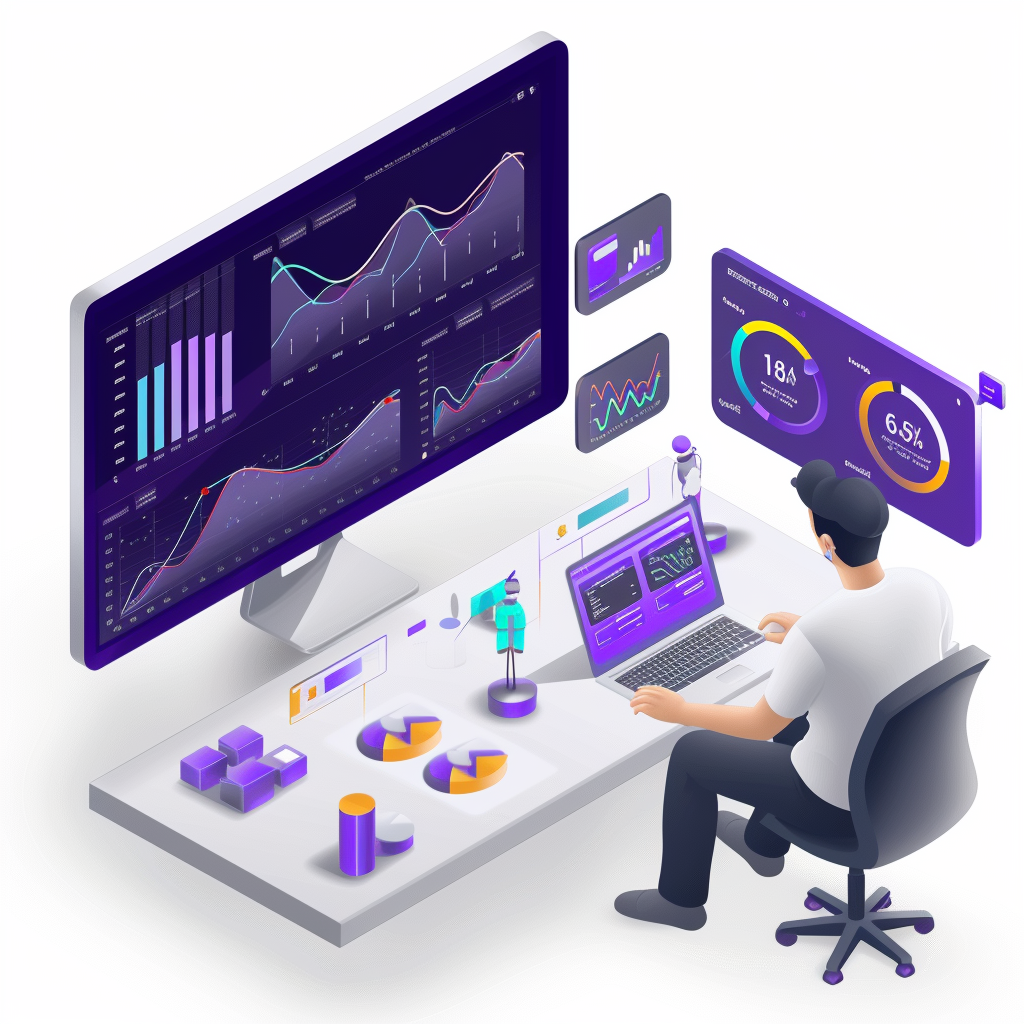In the rapidly evolving business landscape of 2024, Human Resources (HR) departments are increasingly turning to data and analytics to solidify their position as strategic partners within organizations. By leveraging advanced analytical tools and techniques, HR professionals are now able to make evidence-based decisions, identify trends, and predict future needs with unprecedented accuracy.
The Strategic Value of HR Analytics
As businesses continue to recognize the importance of human capital, HR analytics has emerged as a critical tool for strategic planning and management. By analyzing workforce data, organizations can gain deep insights into their employee demographics, skills, experience, and performance metrics. This information proves invaluable for:
- Forecasting future workforce needs
- Developing robust succession plans
- Optimizing resource allocation
- Addressing skill gaps proactively
Moreover, data-driven decision-making significantly reduces the risk of subjective judgments and biases, leading to more equitable and effective HR practices.
Enhancing Talent Acquisition and Recruitment
In 2024, HR data and analytics play a pivotal role in revolutionizing talent acquisition and recruitment processes. Organizations are now able to:
- Gain insights into talent pipelines
- Identify skill gaps within the organization
- Develop targeted recruitment strategies
By analyzing historical data on successful hires, retention rates, and performance metrics, businesses can refine their recruitment processes and identify top-performing candidates with greater accuracy. This data-driven approach not only enhances diversity and inclusion efforts but also leads to more efficient hiring processes and reduced attrition rates.
Driving Employee Engagement and Performance
One of the most significant applications of HR analytics in 2024 is in the realm of employee engagement and performance management. By monitoring employee feedback, survey data, and key performance indicators, organizations can:
- Identify factors influencing engagement and job satisfaction
- Predict potential engagement issues before they escalate
- Develop targeted employee development programs
- Create more effective training initiatives
- Implement data-driven succession planning
These insights allow companies to tailor their strategies to enhance the overall employee experience, ultimately leading to improved performance and productivity across the organization.
Mitigating Risks and Improving Compliance
In an era of increasing regulatory scrutiny, HR data and analytics serve as powerful tools for risk mitigation and compliance management. Organizations are using analytics to:
- Monitor compliance with employment laws
- Track health and safety regulations
- Ensure adherence to industry-specific standards
- Analyze diversity metrics
- Report on gender and ethnicity pay gaps
By proactively identifying potential compliance gaps or risks, companies can take corrective actions and prevent legal issues before they arise.
The Role of HRIS in Data Analytics
Modern Human Resource Information Systems (HRIS) have become instrumental in harnessing the power of HR data. Platforms like SuccessFactors allow HR professionals to:
- Access data easily from multiple sources
- Integrate information from payroll, workforce planning, and CRM systems
- Generate visual dashboards with just a few clicks
This integration of data sources provides a comprehensive view of the organization’s human capital, enabling HR teams to make more informed and strategic decisions.
Implementing HR Analytics: Best Practices for 2024
To fully leverage the potential of HR analytics, organizations should consider the following best practices:
- Invest in data quality: Ensure that the data collected is accurate, consistent, and up-to-date.
- Develop analytical skills: Train HR professionals in data analysis and interpretation.
- Align with business objectives: Ensure that HR analytics initiatives are directly tied to overall business goals.
- Respect data privacy: Implement robust data protection measures and comply with relevant regulations.
- Foster a data-driven culture: Encourage decision-makers across the organization to rely on data insights.
- Continuously refine and adapt: Regularly review and update analytics processes to keep pace with changing business needs.
The Future of HR Analytics
As we look beyond 2024, the potential applications of HR analytics continue to expand. Emerging trends include:
- Predictive modeling for employee turnover and performance
- AI-powered chatbots for employee engagement and support
- Real-time analytics for immediate decision-making
- Integration of external data sources for more comprehensive insights
By staying at the forefront of these developments, HR departments can continue to drive business success and solidify their position as strategic partners within their organizations.
Conclusion
In 2024, HR data and analytics have become indispensable tools for organizations seeking to optimize their human capital strategies. By leveraging these powerful resources, HR professionals can make more informed decisions, predict future trends, and drive business success. As the field continues to evolve, those who embrace data-driven HR practices will be best positioned to navigate the complexities of the modern workplace and contribute significantly to their organization’s overall success.
Vadim Kouznetsov is a distinguished entrepreneur and the visionary founder and CEO of JobXDubai.com, the UAE’s rapidly expanding job board. Renowned for his expertise in bridging the gap between job seekers and employment opportunities, Vadim has become a leading authority in the recruitment and job market of Dubai.


1 thought on “HR Data Analytics: Driving Business Success in 2024”